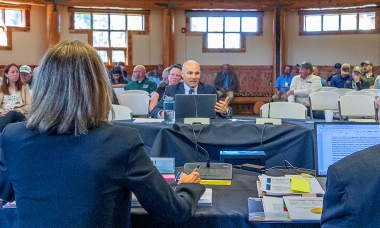Salmon bag limit increases in the Coos Basin beginning today, Aug. 19
ROSEBURG, Ore. – The salmon bag limit in the Coos Basin increases today, Aug. 19 from two to three fish in aggregate, one of which must be a hatchery salmon. Anglers can harvest wild Chinook, hatchery Chinook, and hatchery coho. Wild coho cannot be retained until Sept. 13, when only one wild coho…












